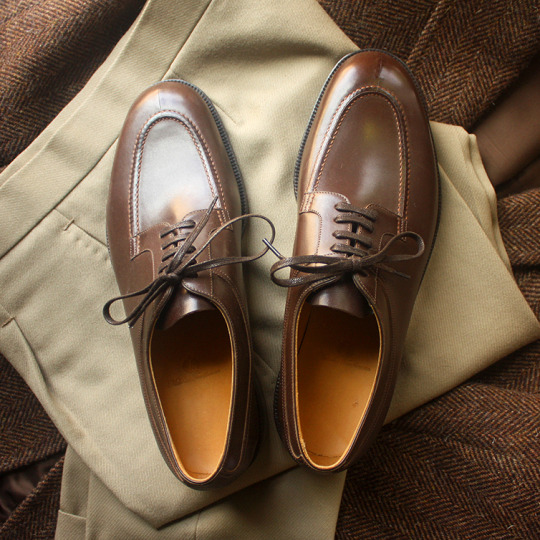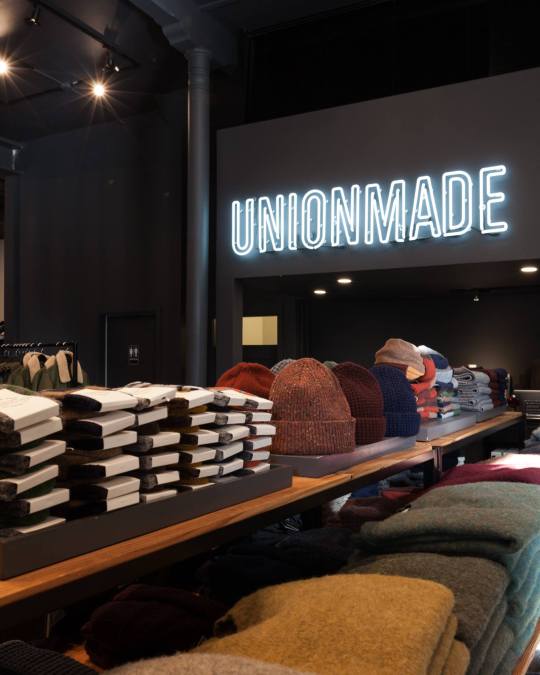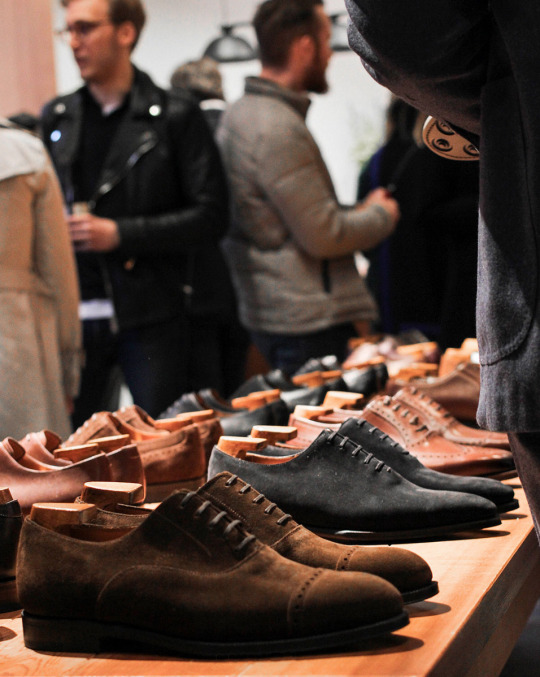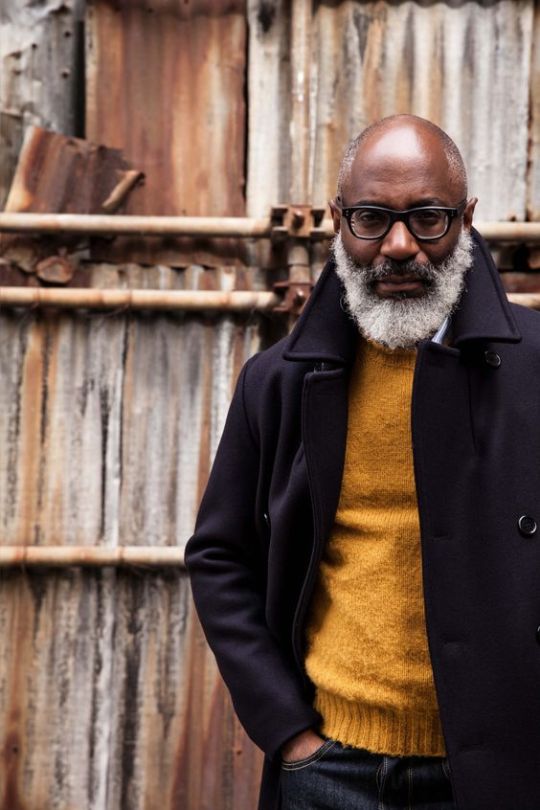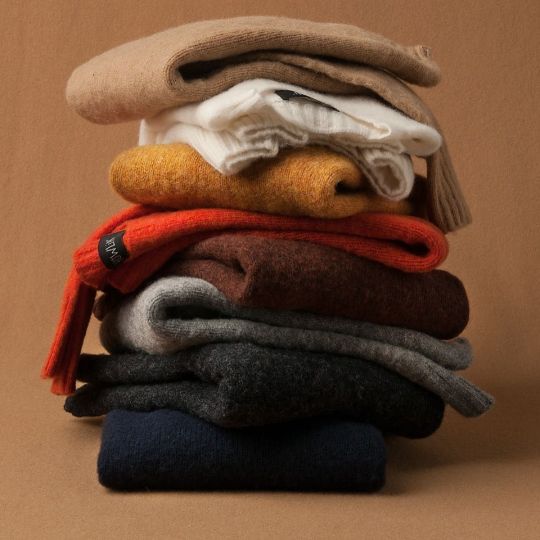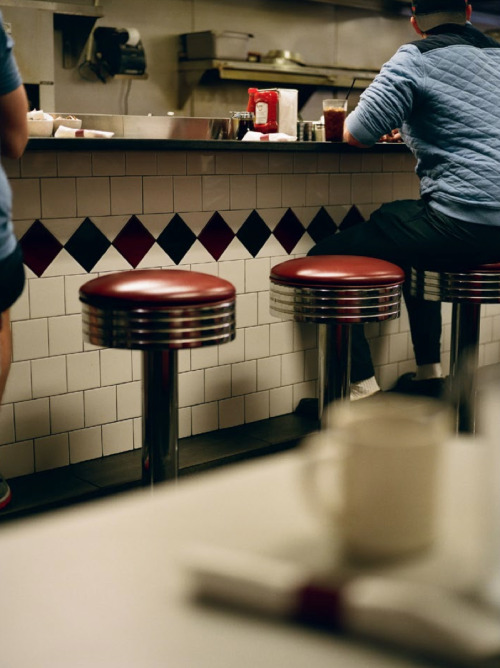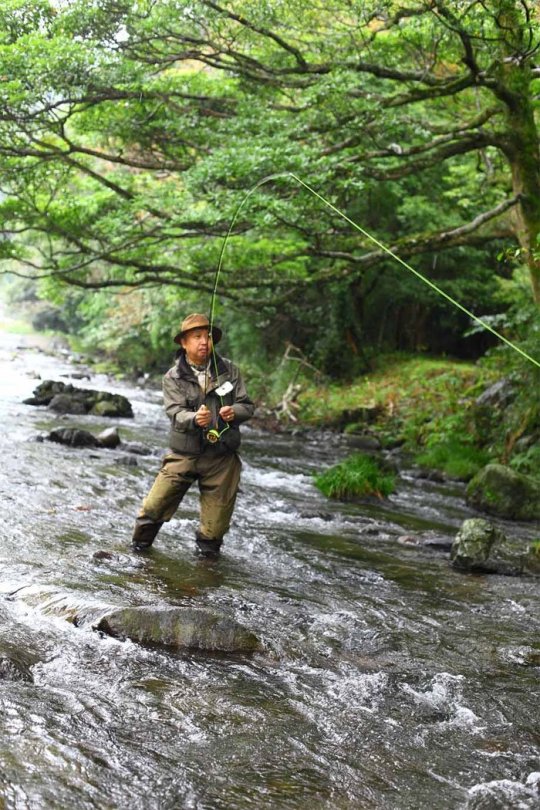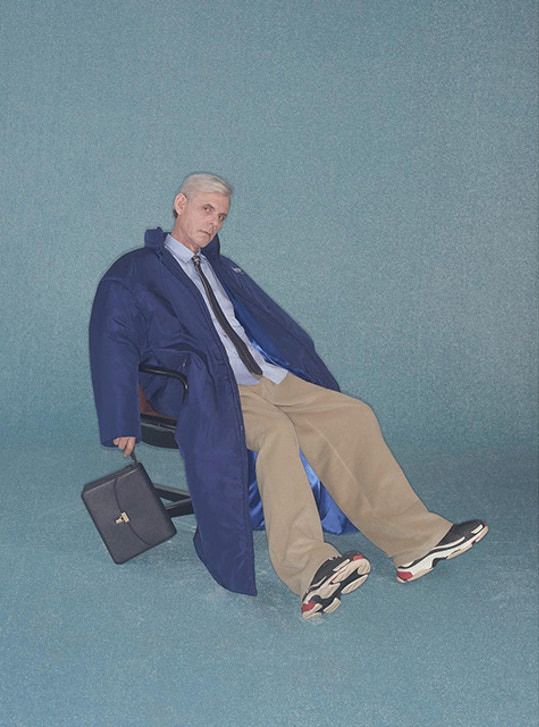
Much has been made of the revival of ‘90s style – the boxy suits, mallcore tees, and chunky sneakers. If you scroll through the new arrivals section at SSENSE, you’ll find tons of references to that decade’s punk, skate, and even corporate dress culture. The silhouettes are baggy; the clothes hint at teen angst. Even for people who don’t care for most of the clothes, which includes me, it’s hard to deny there’s a bit of sweet sentimentality here that naturally comes with nostalgia. I remember the ‘90s fondly.
The clothes are just superficial, however, covering up what I think is the more defining revival – the sense of irony that was pervasive during the early-aughts. It’s the idea that some things can be so awful, so ugly, and so stupid, they’re ironically considered good. The actual ‘90s wasn’t about irony, it was about apathy, the other defensive mechanism we use to shield ourselves from scrutiny. Irony is about turning something on its head and laughing at it; apathy is about not caring at all. Either way, both are a dissimulation – a way to conceal our true feelings.
Princeton professor Christy Wampole wrote a good opinion piece on this at The New York Times, where she says irony is the ethos of our age, “the primary mode with which daily life is dealt.” However, since this was published years ago, it was more about the middle class, often white, hipster that lives in coastal cities – the kind that yearns for authenticity, but shuns sincerity. Wampole writes that irony is used today as a defensive mechanism to preempt shame, a tool to hide vulnerable emotions:
Keep reading








